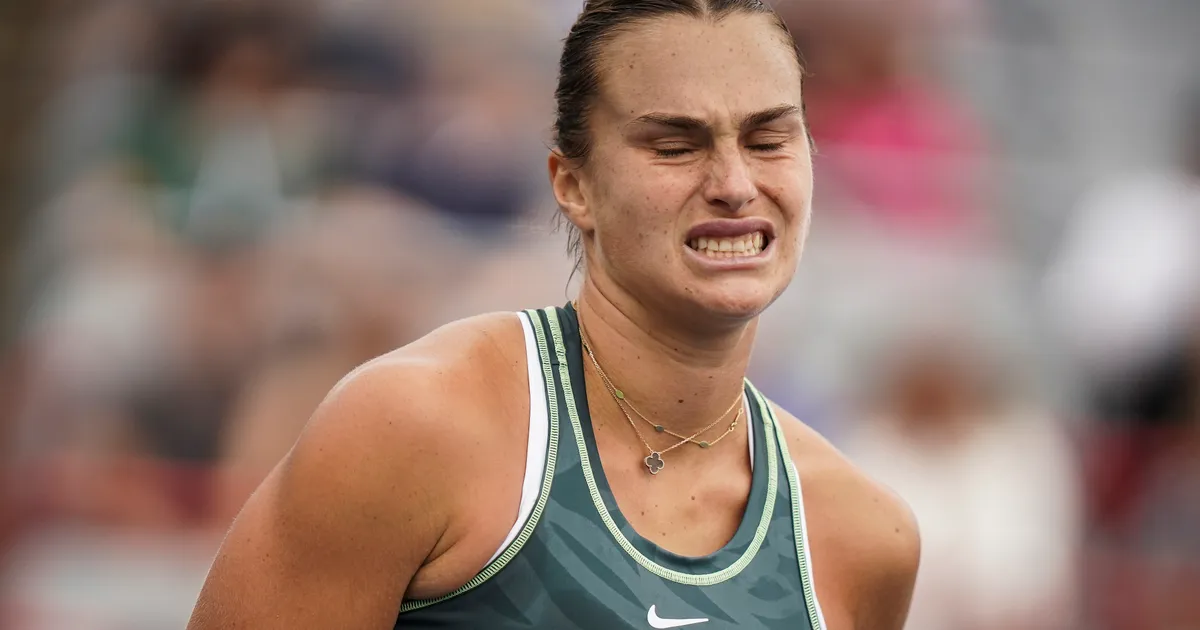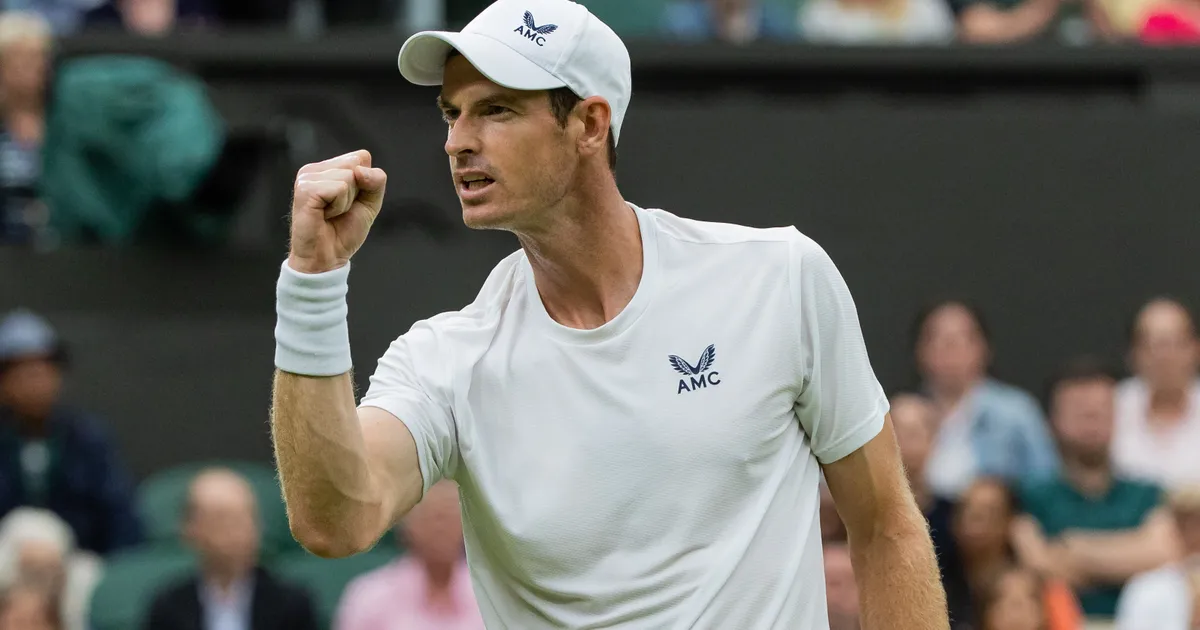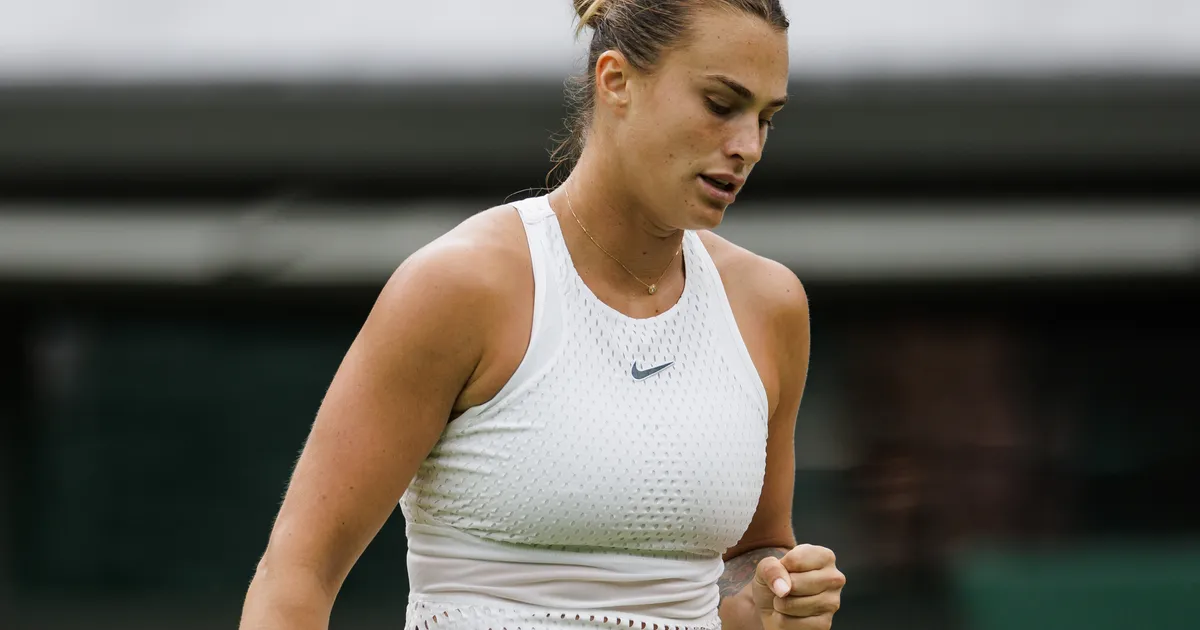In a recent controversy ignited by a headline from the Wall Street Journal, Aryna Sabalenka, the WTA’s world No. 1, found herself at the center of a heated debate over media representation. The article featured the rather provocative title, “The World No. 1 who hits so hard she practices against men,” which drew ire from five-time Grand Slam champion Maria Sharapova. Sharapova, known for her forthright opinions, took to social media to express her discontent, urging the publication to uphold its journalistic integrity and to create narratives that focus on accomplishments rather than gender comparisons.
Sabalenka, recognized for her extraordinary power on the court, has been a dominant force in women’s tennis, not only securing three Grand Slam titles but also consistently demonstrating a striking ability to generate speed on her groundstrokes, often surpassing some of the top male players. Statistical analyses from various tournaments have shown that her average shot velocity rivals that of elite competitors like Carlos Alcaraz and Novak Djokovic—an accomplishment that underscores her unique skill set in the sport.
Nevertheless, the headline’s framing has raised questions about the narrative approach taken by mainstream media regarding female athletes. Critics point out that placing excessive emphasis on how women compete against men detracts from their individual achievements and allows their success to be overshadowed by comparisons that may not be wholly relevant. For a player like Sabalenka, whose prowess has led her to the pinnacle of the sport since October, the need for recognition of her achievements in their own right is paramount.
Sharapova’s succinct response highlights a broader issue within sports journalism: the need for narratives that celebrate female athletes based on their competitive merits. Rather than framing the conversation around their ability to compete against men, it is essential to elevate their own stories and contributions to the sport. Players like Sabalenka have set exemplary standards and have been pivotal in advancing discussions on the significance and growth of women’s tennis.
Sabalenka herself has been open about her training experiences with male players, including sessions with Djokovic and Andrey Rublev, illustrating her willingness to push her limits. In candid moments, she has shared both her admiration for men’s tennis and her frustrations with maintaining intensity during practices. Her honesty has fostered a sense of relatability among fans, while also kindling debates regarding her preferences for the style of play she enjoys watching.
The recent upsets at Wimbledon, such as Jessica Pegula’s shocking exit to Elisabetta Cocciaretto and Coco Gauff’s early loss to Dayana Yastremska, further illustrate the unpredictable nature of women’s tennis. These results contribute to evolving narratives that recognize the depth and competitive spirit present within the WTA Tour, reminding audiences that every match can lead to unexpected outcomes and highlight the talent ongoing within the field.
As discussions surrounding the media portrayal of athletes continue, the imperative remains clear: while powerful, performance-focused headlines are engaging, they must be balanced with narratives that honor the achievements and individuality of female players. The legacy of champions like Sabalenka demands recognition not just in how they measure against their male counterparts, but in the history and impact they cultivate within women’s sports.



